T4K3.news
European cross border rail travel remains hindered by ticketing costs and tangled networks
Despite new routes, practical cross-border rail travel in Europe is hampered by fragmented tickets, high prices, and complex planning.
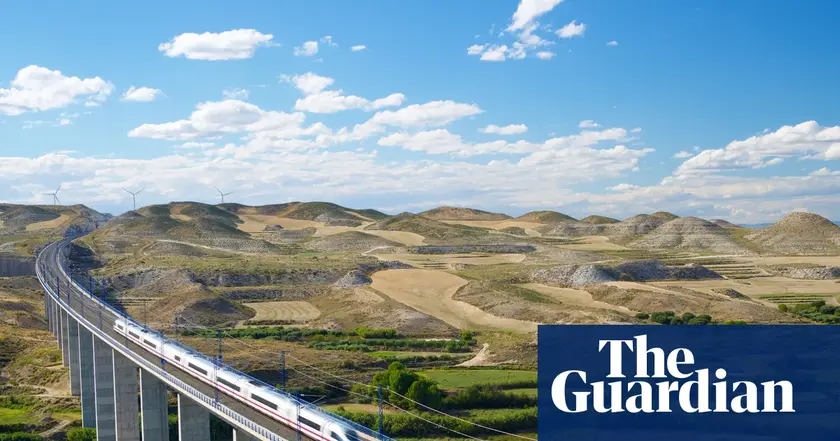
A critical look at why new long distance routes exist in Europe but practical cross border rail travel stays difficult.
European cross border rail travel remains hindered by ticketing costs and tangled networks
Since December a daily ICE service from Paris to Berlin marks a direct high-speed link between two large EU capitals, and more routes are planned across the continent. Yet the broader picture shows that fast cross border rail remains rare and unreliable for most travellers. Infrastructure gaps, incompatible systems, and a tangle of tickets keep long journeys between major cities from becoming practical travel options.
A telling example is a theoretical Barcelona to Ljubljana itinerary. It reveals limited daily cross border trains, late arrivals, multiple tickets, and a lack of through-ticket options. Passengers must cope with fragmented services and uncertain passenger rights if a connection is missed. Planning tools help, but they are not friendly for newcomers and through tickets across operators are still not common. Night trains are making a comeback only slowly and are often seasonal or regional. All of this shows that the promise of seamless long distance rail across Europe remains distant.
Key Takeaways
"Why? Because the new trains run by the Spanish operator Renfe haven’t been approved to run in France, and SNCF has cut the size of its fleet capable of running in Spain."
Worth explaining why cross-border service between Spain and France is limited.
"Operators still mostly think and work nationally."
Worth on the lack of cross-border cooperation.
"Very few, very slow trains."
Worth on the pace of cross-border services.
The delays are not just technical. They point to a political and economic puzzle: who pays for upgrades, who sets the standards, and who bears the risk when schedules fail. Rail remains largely a national business, and cross border cooperation costs money and patience. As climate goals press for greener travel, the friction between national plans and pan-European ambitions grows louder.
To move forward, Europe needs a shared approach: harmonized timetables, clear passenger rights across borders, and workable through-ticketing. Without a common framework, even ambitious projects may deliver only isolated success stories and fail to change everyday travel for ordinary people.
Highlights
- Fast plans on paper collide with slow borders
- Through tickets exist in theory not in practice
- Trains are a climate solution but paperwork trumps progress
- Europe built the tracks not the instructions
Budget and political risk to cross-border rail plans
The piece highlights high costs, funding gaps, and regulatory fragmentation that could delay or scale back ambitious Europe-wide rail projects. Public reaction and investor confidence could be affected if plans stall or cost overruns occur.
The road to seamless regional rail is still under construction.
Enjoyed this? Let your friends know!
Related News
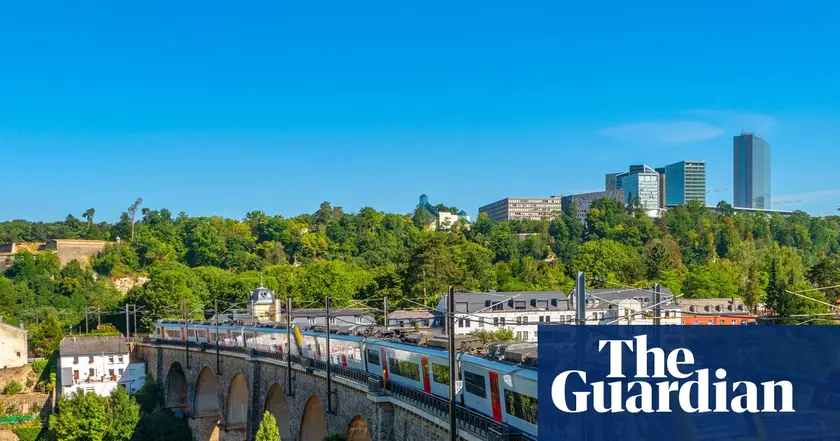
EU expands high speed rail network to connect capitals
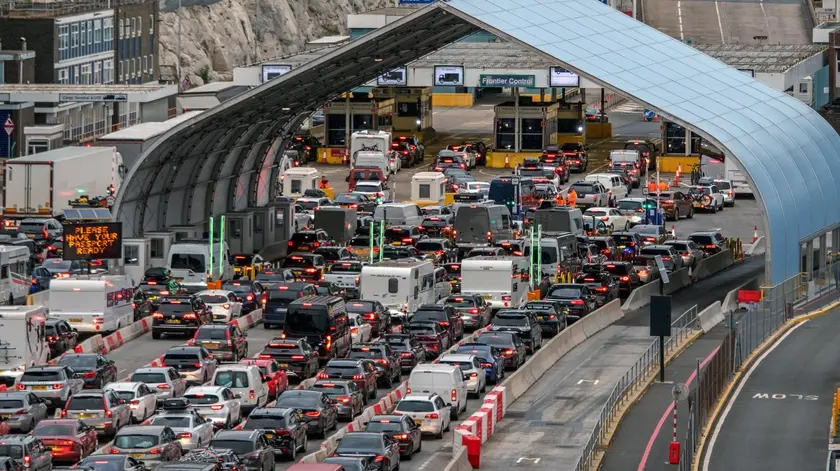
EU rolls out digital border checks for UK travelers

Mother fights to save her daughter from mental illness
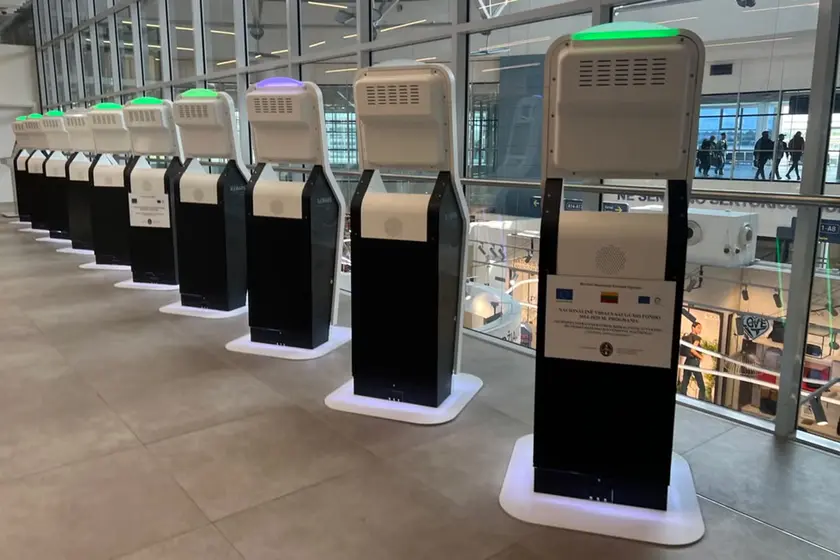
EU entry-exit system start date confirmed
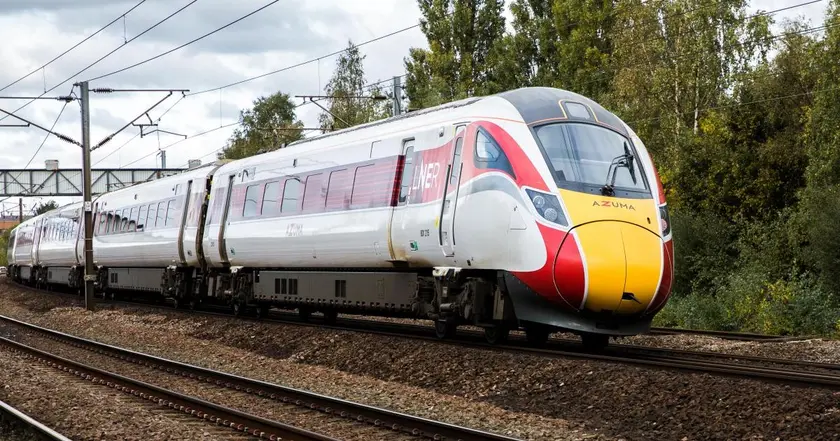
Rail disruption hits London to Edinburgh
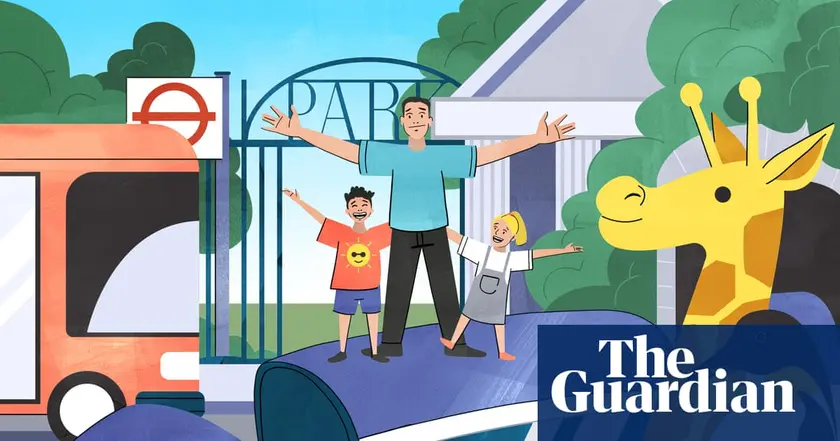
New family outing discounts available this summer

Women's EURO 2025 Financials Revealed
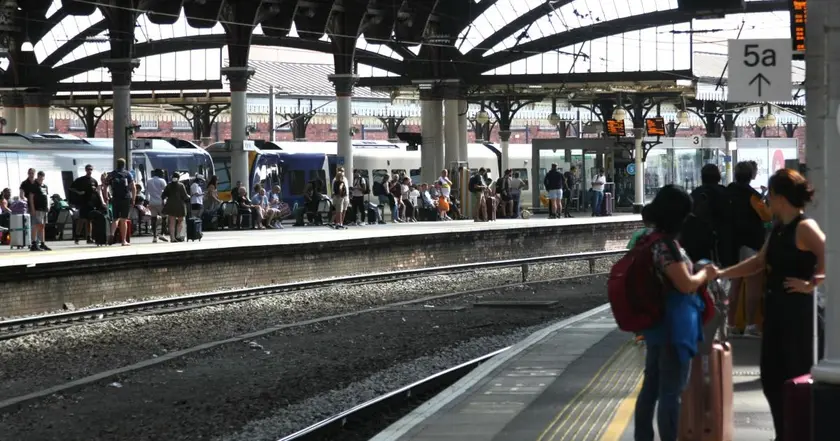
Rail disruption on East Coast Main Line
